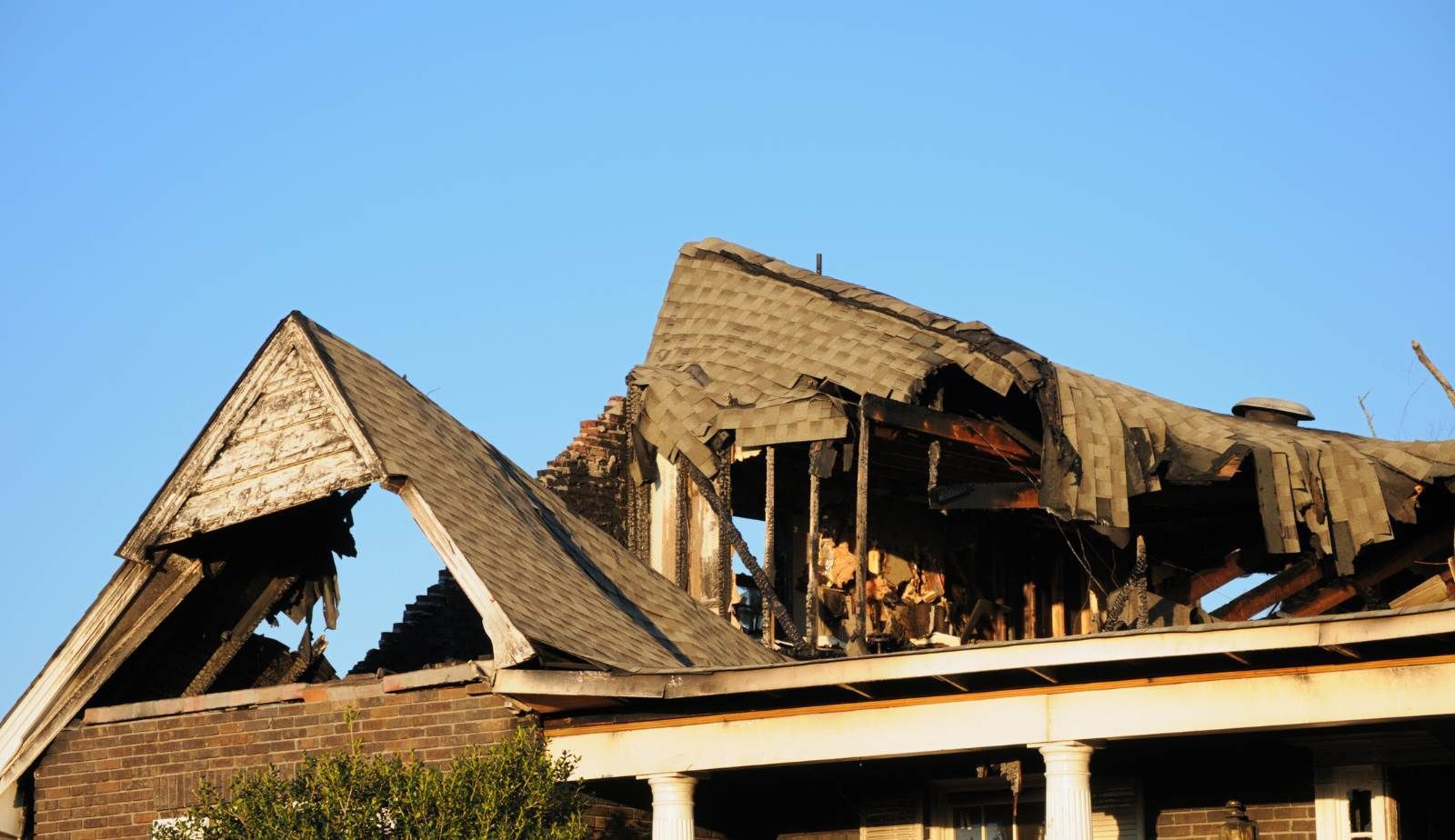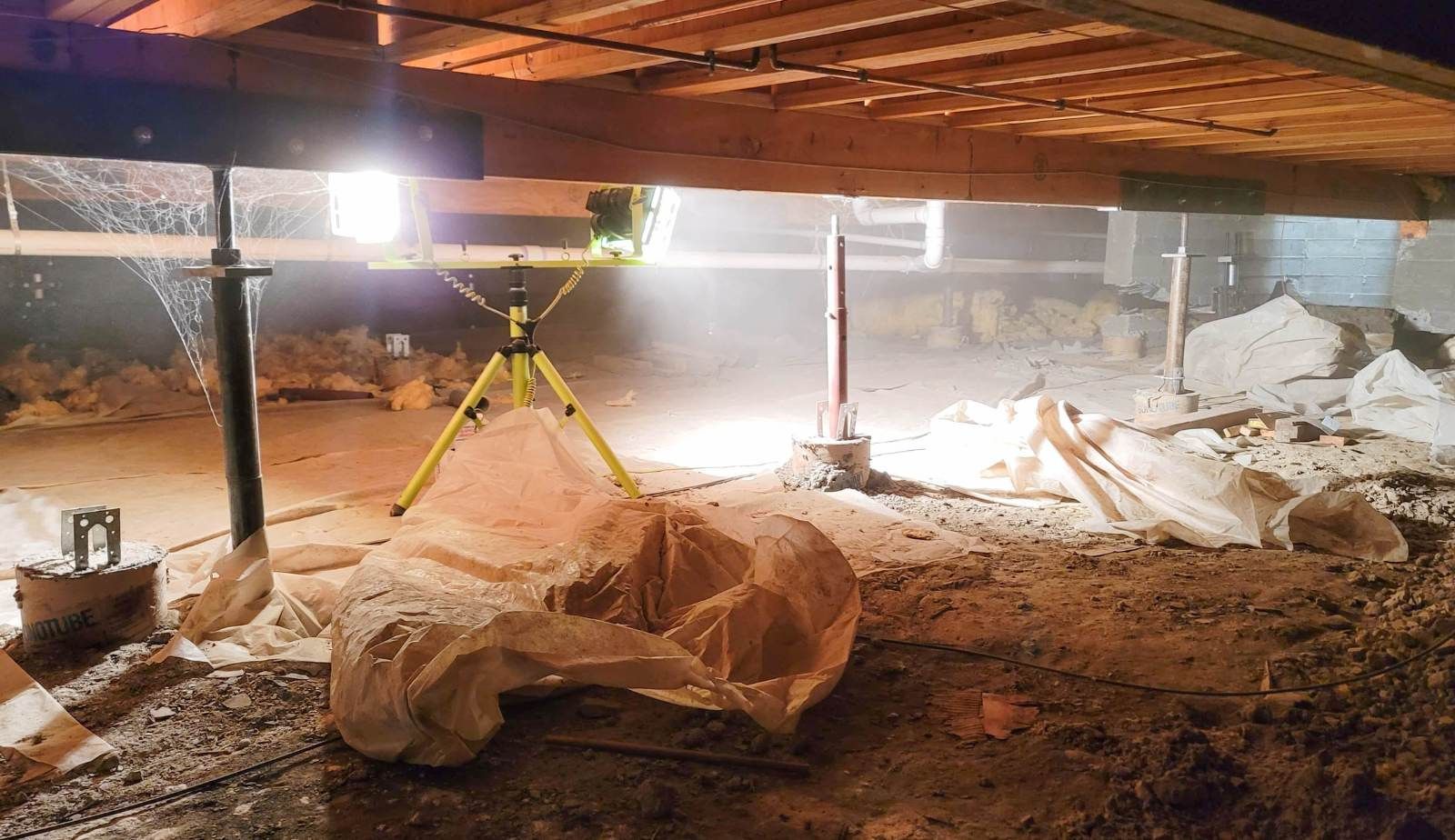Is Your Louisiana Home Ready for the Next Hurricane Season? Essential Tips from Drymax
As hurricane season approaches, homeowners in Louisiana must prioritize readiness to protect their properties and loved ones. Being proactive in assessing your home’s vulnerability and implementing the right preventive measures can make a significant difference when facing a storm. Understanding the risks associated with hurricanes in this region and taking actionable steps are crucial for ensuring safety and minimizing potential damage.
Making informed decisions about home insurance, preparing an evacuation plan, and safeguarding belongings are key elements of hurricane preparedness. Residents should also consider the structural integrity of their homes, including windows, roofs, and landscaping, as these factors can influence how well a property withstands harsh conditions. In this post, advice from Drymax will guide homeowners through essential preparations for the upcoming hurricane season.
The changing climate patterns indicate a likelihood of more intense storms, making it imperative to be well-prepared. Homeowners are encouraged to review their current preparedness plans and consult with experts for the best strategies tailored to their specific needs. Taking the time to ensure readiness today can ease concerns tomorrow.
Understanding the 2025 Hurricane Season Risk
The 2025 hurricane season poses significant risks for residents of Louisiana. With current forecasts indicating higher chances of storms, it is crucial to understand both the potential threats and the factors contributing to the heightened vulnerability of the area.
Forecasts and Probabilities for Louisiana
Forecasters predict an above-average hurricane season for 2025. According to data from the National Oceanic and Atmospheric Administration (NOAA), there is a 60% chance of active tropical systems affecting the Gulf Coast.
This assessment is based on early storm patterns and conditions similar to those observed in the 2024 season, which included a record number of named storms. Louisiana residents should stay informed, as the state's unique geography places it at greater risk for direct impacts from hurricanes.
Why Louisiana Is Especially Vulnerable
Louisiana's vulnerabilities stem from several environmental and geographical factors. The state’s low-lying coastal areas make it susceptible to storm surges and flooding. Additionally, many communities are still recovering from previous storms, compounding the risk of damage during new events.
Factors such as wetlands loss and climate change further exacerbate these vulnerabilities. As sea levels rise, the increasing impact of storm surges becomes a more pressing concern, particularly for densely populated regions.
The Role of the National Hurricane Center
The National Hurricane Center (NHC) plays a vital role in tracking and forecasting hurricane activity. They provide regular updates and advisories, ensuring that the public receives timely information about potential threats.
Utilizing advanced models and historical data, the NHC assesses storm paths and intensities, helping local authorities prepare for emergencies. Their forecasts are crucial for Louisiana residents to implement proactive measures, including evacuation plans and home preparations. Staying engaged with NHC updates allows individuals to make informed decisions during the hurricane season.
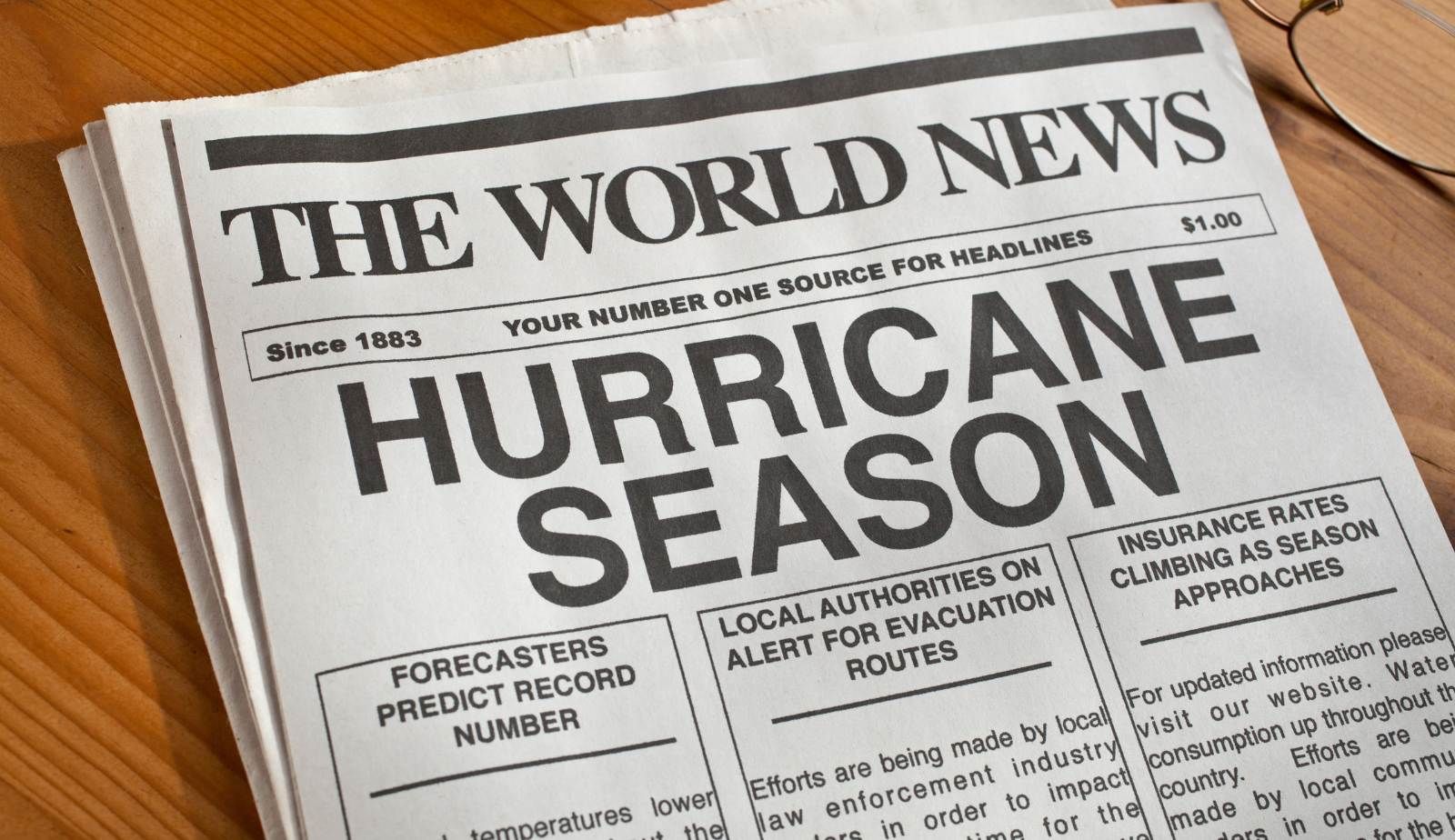
Preparing Your Louisiana Home for Hurricanes
Preparing a Louisiana home for hurricane season is crucial for minimizing damage and ensuring safety. Key areas of focus include structural integrity, outdoor setups, and proper window protections.
Inspecting Roofs and Structural Elements
Roofs are among the most vulnerable parts of a home during hurricanes. Regular inspections should be conducted to check for loose shingles, leaks, or signs of wear.
Key points to address:
- Gutters and Downspouts: Ensure they are clear and functioning properly to manage heavy rainfall.
- Roof Reinforcement: Consider reinforcing connections between the roof and walls with hurricane ties, especially in older homes.
- Inspecting Walls and Foundation: Look for cracks or signs of settling. Address any issues to prevent water intrusion.
Taking proactive steps can prevent severe damage during storms. A well-maintained roof can withstand high winds and heavy rain.
Securing Outdoor Property and Landscaping
Outdoor items can become projectiles during a hurricane. Securing or removing these items is essential to protect property and nearby homes.
Recommendations include:
- Furniture and Grills: Bring in patio furniture, barbecues, and other easily movable items.
- Tree Maintenance: Trim overhanging branches that could fall on structures or cars.
- Planters and Decorations: Secure or remove any decorative items that can be affected by strong winds.
Additionally, homeowners should ensure that any landscaping does not obstruct drainage and contributes to flood risk.
Storm Shutters and Window Protection
Installing storm shutters is a highly effective way to protect windows from flying debris. Options vary from removable panels to permanent, impact-resistant solutions.
Considerations for window protection:
- Types of Shutters: Choose from accordion, roll-up, or panel systems based on budget and convenience.
- Boarding Up: For those unable to install permanent shutters, plywood can serve as a temporary solution.
- Insurance: Verify that home insurance policies cover any damages related to wind and debris impact.
Proper window protection mitigates the risk of water and wind damage, which is crucial during hurricane season.
Homeowner vs. Renter Considerations
Preparation strategies can differ based on whether one owns or rents their home.
For Homeowners:
- Full Control: They have the ability to make significant modifications, such as installing storm shutters or reinforcing roofs.
- Long-Term Investments: They might also invest in landscaping changes that enhance protection.
For Renters:
- Limited Modifications: Renters typically cannot make extensive changes to the property and should consult with landlords about preparation strategies.
- Portable Solutions: They can focus on acquiring portable storm protection options, like window covers or securing outdoor furniture.
Both homeowners and renters should ensure adequate communication about hurricane preparedness to keep everyone safe.
Essential Home Emergency Kits and Supplies
Preparing an emergency kit is crucial for those living in Louisiana, especially during hurricane season. A well-stocked kit includes essential supplies that ensure safety and comfort when facing adverse conditions.
Must-Have Items for Every Kit
An effective emergency kit should contain items that cater to basic needs. Key components include:
- Non-perishable food: Choose easily stored items like canned goods, granola bars, and dried fruits. Aim for enough to last at least three days.
- First aid supplies: Include band-aids, antiseptics, and necessary medications.
- Flashlight and batteries: Vital for visibility during power outages.
- Whistle: Can be used to signal for help if needed.
- Multi-tool or knife: Useful for a variety of tasks.
It's important to periodically check and update items to ensure they remain usable and relevant.
Importance of Flashlights and Batteries
Flashlights are indispensable during hurricanes when power outages are common. A reliable flashlight will provide necessary light for safety and navigation. Batteries that match the flashlight are equally critical; stock up on various sizes.
Consider keeping extra batteries in waterproof containers to protect them from moisture. Additionally, solar-powered or hand-crank flashlights can be excellent alternatives for extended power outages.
Having multiple light sources increases the chance of having a functional flashlight when needed.
Storing Bottled Water Safely
Safe and adequate water storage is essential during an emergency. Each person should have at least one gallon of water per day for at least three days. The water can be packaged in:
- Store-bought bottled water: These often come with expiration dates, so rotate stock regularly.
- Clean, food-grade containers: Fill them with tap water, but ensure they are properly sanitized beforehand.
Store water in a cool, dark place to maintain its freshness. Always check for leaks or other damages in containers to prevent shortages.
Phone Chargers and Backup Power
Staying connected is crucial during emergencies. Standard phone chargers should be included in any emergency kit, but it is advisable to have backup power options as well.
Consider these options:
- Portable power banks: Ensure they are fully charged and accessible.
- Solar chargers: Useful if power outages last longer than expected.
- Car chargers: Can provide an alternative charging method during emergencies.
Regularly test and maintain all charging devices to guarantee they function when needed. Maintaining communication can provide updated information on local conditions and emergency services.
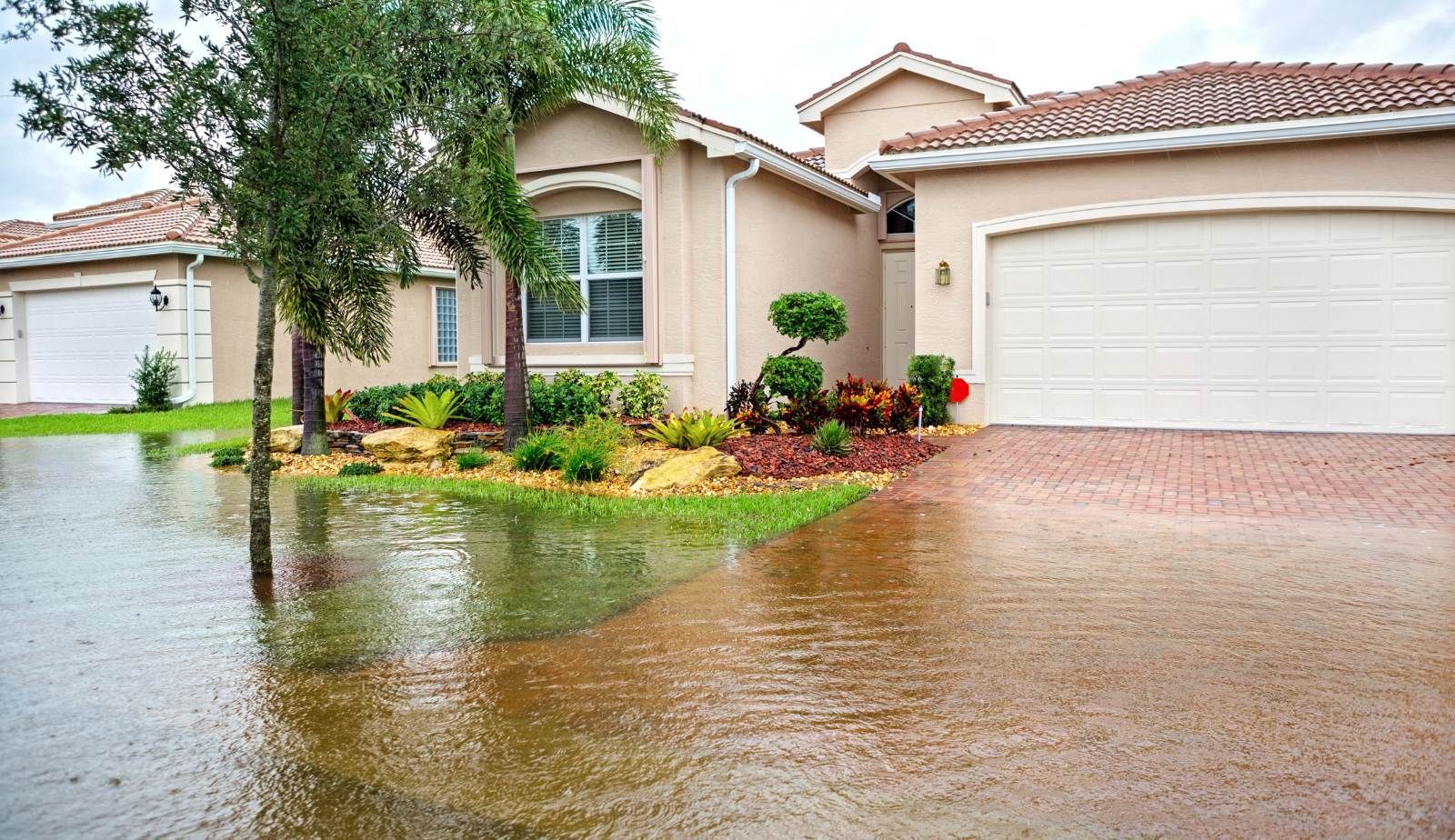
Securing Important Documents and Insurance
Ensuring the safety of vital documents and understanding insurance policies are crucial steps in hurricane preparation. Residents should focus on proper storage solutions and reviewing their coverage to mitigate the potential damage from a hurricane.
Waterproof and Digital Storage Solutions
Protecting important documents from water damage is essential during hurricane season. Homeowners should invest in waterproof safes or storage boxes to secure physical documents such as property deeds, insurance policies, and personal identification.
Additionally, creating digital backups is a prudent strategy. Scanning documents and storing them on cloud services or external hard drives ensures that vital information remains accessible, even if physical copies are lost.
Tips for Digital Storage:
- Use encryption to protect sensitive personal information.
- Regularly update digital backups to reflect the latest documents.
- Label files clearly for easy retrieval when needed.
Reviewing Homeowner and Renter Insurance
Before hurricane season, reviewing existing insurance policies is essential. Homeowners and renters should confirm that their coverage adequately addresses hurricane-related damages, specifically wind and flood risks.
Residents should inquire whether their policy includes:
- Coverage for wind damage to the structure.
- Separate flood insurance, as it is often not included in standard homeowner policies.
- An understanding of claims processes to ensure swift recovery after a storm.
Consulting with an insurance agent can provide clarity on policy details and necessary adjustments.
Photographic Records for Claims
Documenting property condition prior to a hurricane significantly eases the claims process after the event. Homeowners should take photographic records of their home, capturing the condition of the interior, exterior, and valuable belongings.
Checklist for Photographic Documentation:
- Exterior Shots: Take photos of the house from various angles.
- Interior Photos: Document each room, especially electronics and furniture.
- Valuable Items: Photograph high-value items such as artwork or jewelry.
Storing these images digitally allows for quick access when filing insurance claims, supporting the accuracy and efficiency of the recovery process.
Creating a Reliable Evacuation Plan
Preparing a reliable evacuation plan is crucial for every Louisiana homeowner facing hurricane season. Key considerations include understanding local evacuation zones, identifying safe routes, selecting shelters, and coordinating with family and neighbors. These steps ensure readiness and safety during emergencies.
Understanding Local Evacuation Zones
Evacuation zones are designated areas identified by local authorities, primarily based on flood risks and hurricane impacts. Homeowners should determine which zone they reside in by consulting local emergency management resources or maps.
It's advisable to familiarize yourself with terms like "Zone A" or "Zone B," as these reflect varying levels of risk. Residents in higher-risk zones may need to evacuate sooner. Staying informed about specific criteria, such as storm surge levels and mandatory evacuation announcements, is essential for effective planning.
Contraflow and Safe Routes
When an evacuation order is given, knowing the safest routes and contraflow lanes is critical. Contraflow lanes allow traffic to flow in one direction, typically away from the coast, resulting in more efficient evacuations.
Homeowners should research designated contraflow routes in advance. Local authorities often provide real-time updates regarding traffic conditions and recommended routes through social media channels or emergency broadcast systems. Mapping out these paths ahead of time can save valuable minutes during an actual evacuation.
Choosing Shelters and Safe Destinations
Selecting appropriate shelters or safe destinations requires careful consideration of distance and amenities. Homeowners should identify several nearby shelters, including government buildings or local schools, and ensure they meet basic needs such as food and water.
It’s important to check if these shelters are pet-friendly, especially for families with pets. Alternatively, families may consider going to friends or relatives outside of flood-prone areas. Whichever choice homeowners make, they should ensure that these locations are accessible and equipped to handle unexpected numbers of evacuees.
Coordinating With Family and Neighbors
Effective communication with family and neighbors makes for a robust evacuation plan. Homeowners should establish a clear point of contact and meeting locations.
Creating a group chat or using social media can enhance coordination. Sharing evacuation plans with neighbors may lead to forming small groups for evacuation, ensuring no one is left behind. Additionally, discussing mutual assistance for elderly or disabled neighbors can strengthen community resilience during a crisis.
Learning from Past Hurricanes in Louisiana
Louisiana's history with hurricanes has provided invaluable insights for residents. By examining significant storms such as Katrina and Ida, residents can enhance their preparedness for future events.
Key Lessons from Katrina
Hurricane Katrina, which struck in 2005, reshaped Louisiana's approach to hurricane preparedness. One crucial lesson learned was the importance of early evacuation. Many residents delayed their departure, leading to tragic consequences.
Another key takeaway is the need for better communication. The chaos following the storm highlighted gaps in emergency broadcasts. Establishing a clear communication plan ensures that families know how to stay informed during an emergency.
Preparedness also extends to home safety. Reinforcing homes against high winds and flooding proved vital. Residents now prioritize making structural improvements, which can significantly reduce damage.
What Ida Taught Louisiana Residents
Hurricane Ida hit Louisiana in 2021, serving as a reminder of the ongoing threat storms pose. One significant lesson from Ida was the necessity of maintaining emergency supplies. Many found themselves underprepared, lacking essential items like food, water, and basic medical supplies.
Ida also highlighted the importance of community resources. After the storm, local organizations played a critical role in recovery efforts, underscoring the value of community networks.
Investing in alternative power sources became apparent, as widespread outages affected thousands. Many residents learned to have generators on standby to cope with power disruptions after storms.
How Past Events Shape Preparedness
Past hurricanes have shaped a new culture of preparedness in Louisiana. Residents now engage in proactive planning. They regularly update their emergency plans and conduct drills to ensure families are ready.
Insurance awareness has also increased. Understanding coverage for flood damage is essential. Many residents have adjusted their policies based on past experiences with storm damage.
Education initiatives focusing on hurricane readiness are now commonplace. Schools and local governments provide resources and training to ensure everyone knows how to respond effectively to impending storms.
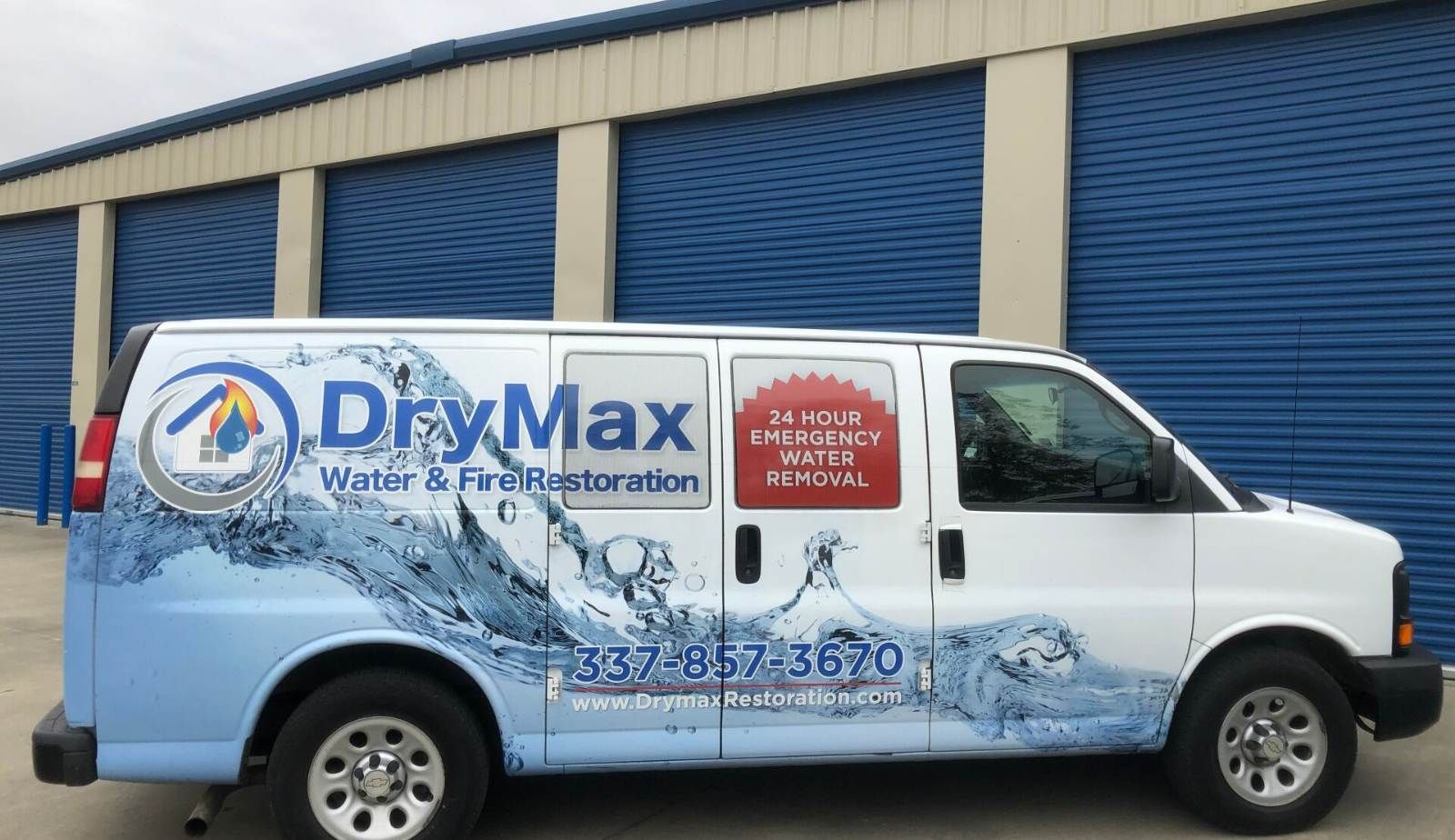
Technology and Communication in Emergencies
Technology plays a critical role in communication during emergencies like hurricane season. It enhances preparedness, ensures safety, and maintains connectivity among individuals.
Essential Safety Apps and Alerts
Mobile apps are vital for staying informed during a hurricane. Apps from the National Hurricane Center provide real-time updates on storm tracks and safety tips.
Emergency alert systems, such as Wireless Emergency Alerts (WEA), deliver critical information directly to smartphones. Users should enable emergency notifications on their devices.
Additionally, apps like the American Red Cross provide safety resources and emergency preparation checklists. Regularly checking these platforms can significantly enhance informed decision-making during storm events.
Staying Connected With Loved Ones
Maintaining communication with family and friends is crucial in emergencies. Having a dedicated plan helps ensure everyone knows how to reach one another.
Texting is often more reliable than calling during heavy network traffic. Designating a family member outside the affected area as the primary contact can also facilitate communication.
Using social media platforms to check in can be effective for quick updates. Tools like Facebook's safety check feature enable users to let loved ones know they are safe.
Maintaining Emergency Contact Lists
An emergency contact list should be readily available and updated frequently. This list should include phone numbers for family, friends, and local emergency services, including shelters.
Inclusion of alternative contacts can be beneficial. Individuals must also ensure that all contacts are saved in mobile devices, with paper copies stored in accessible places.
Charging devices ahead of storms prevents communication lapses when power is lost. Power banks can be a reliable backup for phone chargers during extended outages.
Final Steps to Ensure Your Home Is Hurricane Ready
Being proactive and informed is critical for homeowners in Louisiana to withstand the challenges of hurricane season. Individuals should focus on frequently reviewing their emergency plans and staying updated with the latest hurricane information.
Reviewing and Rehearsing Your Plan Regularly
Regular reviews of the emergency plan ensure homeowners can act decisively during a crisis. Homeowners should:
- Meet with Family: Discuss roles and evacuation routes with family members.
- Practice Drills: Conduct drills to ensure everyone knows what to do.
- Update Contact Information: Make sure emergency contacts are current.
Additionally, individuals should review their insurance policies to verify that their coverage remains adequate. Keep a checklist of essential documents, such as identification, insurance papers, and medical information, in an easily accessible location.
Adapting to Changing Hurricane Information
Hurricane forecasts and advisories can change rapidly. Staying updated is vital for all homeowners. To do this:
- Follow Trusted Sources: Rely on local news, NOAA, and emergency services for accurate updates.
- Use Technology: Enable weather alerts and download preparedness apps for real-time information.
- Know Your Zone: Understand local evacuation routes and zones in case of mandatory evacuations.
Being adaptive and informed allows homeowners to make timely decisions, thereby minimizing risks. Awareness of changes in hurricane patterns also aids in preparing the home’s structural integrity against potential damage.
Frequently Asked Questions
Preparing for hurricane season in Louisiana requires knowledge and planning. Addressing common concerns can help homeowners take the necessary precautions to safeguard their property and families.
What are the essential supplies to stock up on for hurricane season in Louisiana?
Residents should have a supply kit that includes water, non-perishable food, flashlights, batteries, and a first aid kit. It’s important to also include the necessary medications and pet supplies. A battery-powered weather radio can provide critical updates during storms.
How can homeowners reinforce their properties to withstand hurricane damage?
Homeowners can strengthen their properties by installing storm shutters or impact-resistant windows. Reinforcing doors and securing roof shingles can also mitigate damage. Additionally, clearing gutters and trimming trees helps prevent debris from causing harm.
What are the critical steps in creating a hurricane emergency plan?
A thorough emergency plan involves identifying evacuation routes and designating a meeting place for family members. It’s important to stay informed about local alerts and to prepare an emergency contact list. Practicing the plan can ensure everyone knows what to do during an actual hurricane.
When is the best time to evacuate in anticipation of a hurricane in Louisiana?
The ideal time to evacuate is as soon as authorities issue a mandatory evacuation order. Delaying can lead to heavy traffic and limited options for safe routes. Monitoring weather forecasts and local advisories is crucial for timely decision-making.
What are the official resources for tracking hurricanes approaching Louisiana?
Residents can utilize resources such as the National Hurricane Center and local emergency management agencies for real-time updates. Weather apps and local news stations also provide timely information on storm paths and safety advisories.
How should Louisiana residents secure important documents before hurricane season?
Important documents should be stored in a waterproof and portable container. Homeowners can also digitize documents and store them securely online for easy access. Keeping copies of insurance policies, identification, and medical records can be crucial during an emergency.
You might also like
DryMax Restoration Blogs
